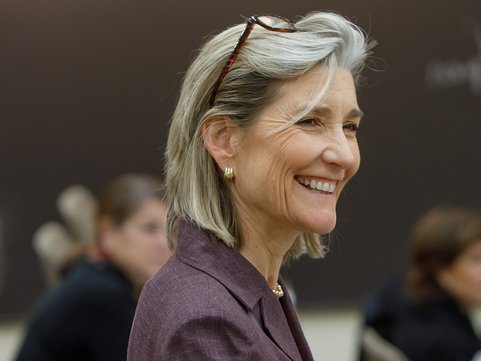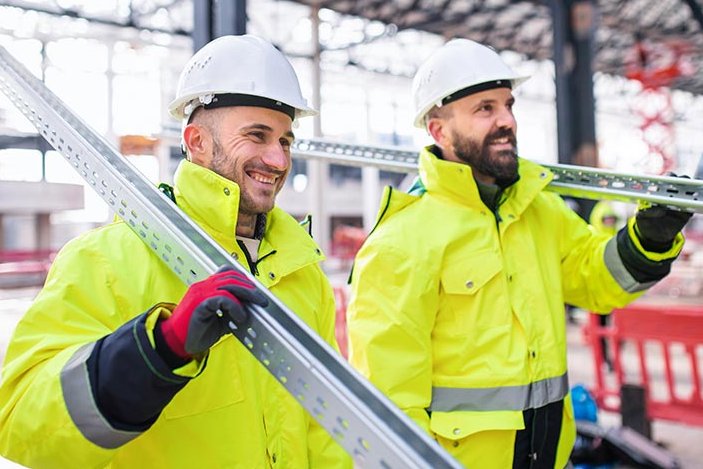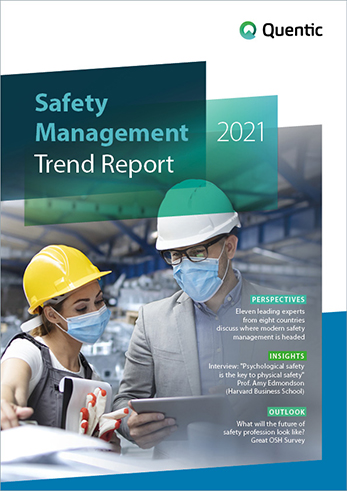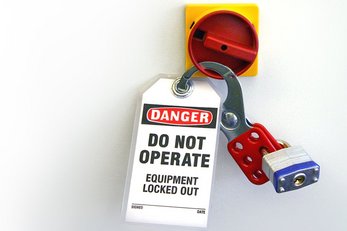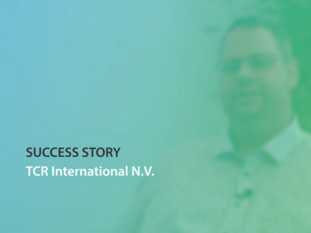With focus on enthusiasm
Safety managers around the globe have to wear many hats. They are responsible for the physical safety of their colleagues, their health and well-being and sometimes, also for quality and environmental issues. Now, we’re also bringing psychological aspects into the game. How would you advise managers to deal with this variety of tasks?
Empower! The extent to which EHS managers can empower others to do part of this work for and with them is the extent to which it becomes more manageable and sane. They have to figure out how to truly inspire and engage others to feel a sense of ownership for the safety behavior and the safety record of others. If you can instill that climate of positive peer pressure into the organization, then it's not all on you either to set standards or to figure out ways to enforce standards. It's distributed.
But where do you start? How do you empower people?
The only thing you can do is act in your current situation and recognize there's always something you can do, even if it's just one colleague whose life you are making better today. If you, for example, want the workplace to have a better safety climate, there are two things you can do: One is, model the behaviors you want to see in others. Speak up about hazards. Ask for help. Just do it.
The other is: invite others in. How do you do this? It’s simple. Ask questions. Any time you ask a genuine question, and I mean a question where you are hoping for an answer, and then pause long enough to listen, you have impacted the safety climate just a little bit.
Also, don’t waste your time thinking about the things you cannot affect or change. Don’t think: “Well, I can’t do anything, because THEY won’t change.” Just start with yourself. What can you do? How can you show up differently? What behaviors can you role model that will, even in a small way, make others’ workplace better?
